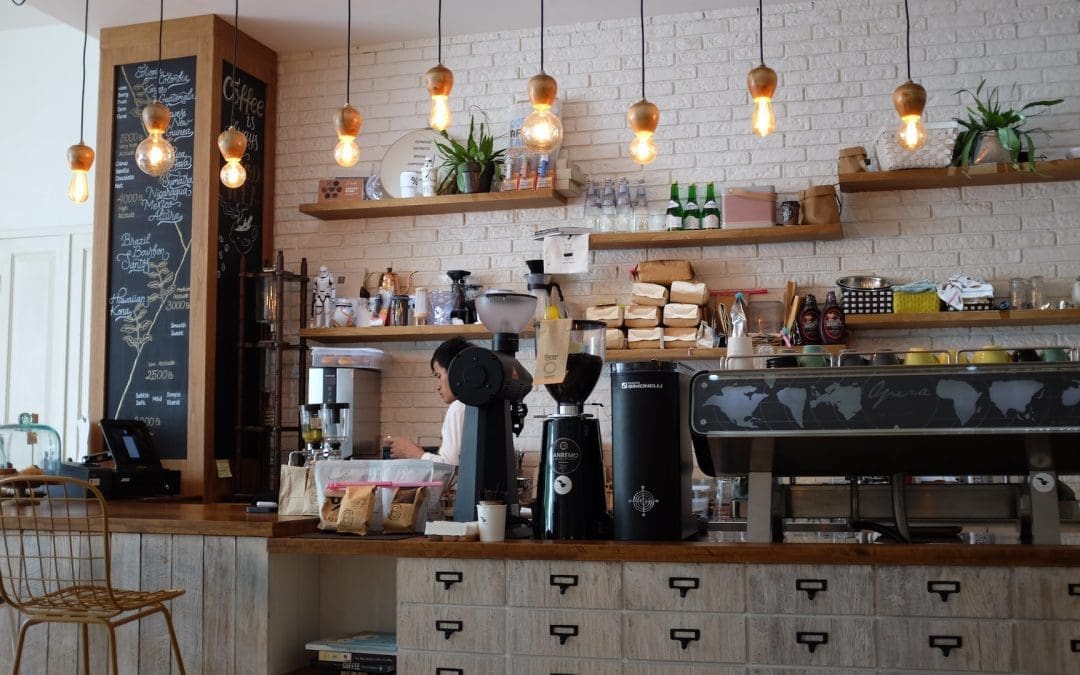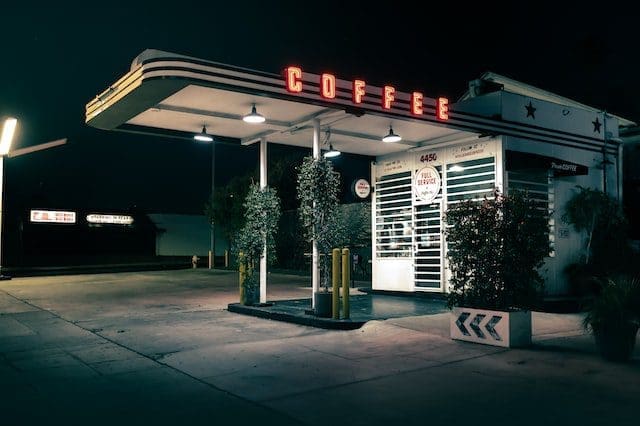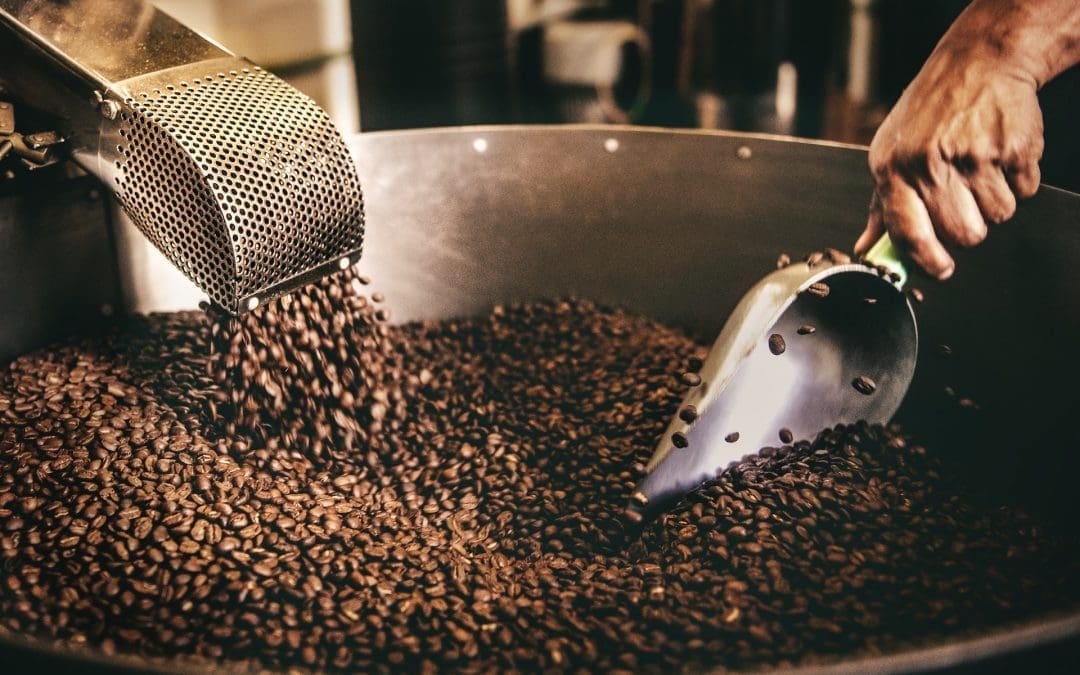
Coffee Shop Startup Costs – 7 Major Costs to Know
What is the cost of opening a coffee shop? Well, coffee shop startup costs are highly variable and will depend on the concept you’re pursuing. For instance, creating a sit-down coffee shop may range from $80,000 to $300,000 (OMR 30,000 to 115,000).
A coffee kiosk or drive-by stand can range anywhere from $50,000 to $100,000 (OMR 19,000 to 38,500). Food trucks cost anywhere from $28,000 to $114,000 (OMR 10,700 to 44,000).
Your startup costs will greatly differ as there are many variations brought on by the location, licensing requirements, region, capacity, concept, menu, marketing approaches, and more.
This article provides a guide on how to recognize and evaluate coffee shop startup costs. Follow our step-by-step process, and by the end, you should have a reasonable estimate.
Start by Writing a Business Plan
You’ll get this advice a lot when you’re starting a business. But it’s definitely worth it to write a business plan. You’ll understand what your business needs from staffing requirements to the location. The business plan will be instrumental in attracting partners, investors, and creditors.
7 major coffee shop startup costs to consider when budgeting
Let’s account for seven different cost items that will prominently feature in your budget. Determining the total sum of each factor should provide you with a reasonable estimate.:
1. Location
For any cafe business to be viable, you need a location with sufficient foot traffic. This refers to the people walking past, around, or through your shop.
Location costs will feature prominently in your budget. And several variables will influence the coffee shop startup costs
Foot traffic
Properties in high-density and high-foot-traffic areas fetch higher rental prices. If the store can be conveniently accessed from the street level, it may be expensive as well. Opting for a less busy location away from coffee drinkers may reduce costs. However, please ensure that you can still attract adequate traffic.
Total square footage
When planning for the square footage, you may need 10 to 12 sq. ft (0.9 to 1.1 sq. m) per person for sitting. Each seat will require at least 5 sq. Ft (0.46 sq. m) when allocating space for the kitchen.
A cafe with 40 seats would need about 200 sq. ft (18.58 sq. m) for the kitchen, and 480 sq. Ft (44.5 sq. m) for the dining area. There may be other space requirements, including storage, reception area, booths, or bathrooms.
For cafe startups, you can consider at least 800 sq. ft (74.3 sq. m). This may allow you to accommodate between 40 to 50 seats.
Working with fewer seats may be feasible. But your available space should adequately cater to the number of walk-ins. The number of guests you can sit will determine your profitability and how soon you can break even.
Guests come to a cafe to relax and hang out. So, plan for adequate sitting options.
Renovation cost
Starting from a blank slate allows you to translate all your design ideas into reality. However, a new development may cost more to customize to your tastes and to install key utilities such as washrooms, lighting, electrical, and even piping.
If you’re performing all the upgrades, try to negotiate with the landlord for a leasehold improvement. The landlord essentially pays for the improvements by offering rent discounts or an improvement allowance.
Extra location costs
The selected location may have extra costs attached to it. For instance, incidentals like utilities, property tax, insurance, maintenance, common area expenses, garbage disposal, etc. You should similarly pay attention to potential rent increases.
Mall locations may have profit-sharing measures in place. They are generally designed to attract new clients who may be hesitant about paying high rental fees for new developments that may fail to attract the right foot traffic.
Advice for budgeting for the location
You can start with a floor plan of the ideal space you need. Figure out the number of seats and how much revenue you can generate. When evaluating potential locations, bring a contractor to determine the renovation costs. Ask about the extra costs of renting the property and about the rent review policy.
2. Equipment and machines
When starting your coffee shop, equipment is a big part of the initial investment. The coffee brewing machine will constitute a large chunk of equipment costs. For instance, a simple 1-group machine may start from $2,600 (1000 OMR), and a three-group machine may cost more than $5000 (19200 OMR).
The costs will vary on how professional and sophisticated the equipment is. In addition to coffee brewing machines, there is an entire list of machines and equipment for the cafe kitchen. They all vary depending on your menu items, for instance, you may need toaster ovens for hot meals and freezers for perishable food items.
Start by creating a menu to figure out the required equipment. Then, approach suppliers for estimates on how much everything will cost.
Here are some tips to save on equipment costs:
- Check auction sites to find resell items from restaurants or cafes that may have gone out of business;
- Consider second-hand websites, but they should offer a warranty as second-hand equipment can even stop working after a day;
- Lease equipment over a long period of time;
- Partner with similar businesses with the equipment that you need, for instance, obtaining fresh pastries from a bakery.
3. Point of Sales System
The POS system is made of POS software and hardware. You’ll pay a one-time and fixed cost for the hardware. It may range from $500 to $1000 (OMR 192 to 384). Software costs may vary, ranging from $60 to $250 (OMR 23 to 96).
You don’t need any intricate equipment. There are many POS systems that are lightweight and perfect for smaller cafes.
4. Interior decoration and exterior branding costs
Another major cost is designing for the aesthetics of the interior and exterior of your cafe. A location needs to look aesthetically nice with all the right murals, artwork, and furniture.
You must similarly consider the packaging of your product, and mainly the design of your coffee cup. Before spending money on designs, take time to understand your target audience. Consider if people will walk in and take Instagram pictures to post online. Is it something that can go viral and create a buzz?
5. Insurance and licenses
Every city will have a set of permits and business licenses that you need to acquire as you start your cafe. Additionally, you’ll have to renew your trade license every year, for instance, in Dubai, a cafeteria license ranges from AED 10,000 to AED 30,000.
Acquiring insurance is important too. You should obtain liability insurance for protection against injuries and damage to other people’s property. The cafe and your equipment will similarly need property protection insurance against cases such as damage, theft, fires, and natural disasters.
6. Staffing
Staffing is a major cost when opening up a coffee shop and an important budgeting item. Industry standards dictate that labour should not account for more than 25-40% of the revenue. Staffing costs for a cafe maybe even less compared to fine dining locations or restaurants.
There are additional ways of reducing costs without compromising the service quality or understaffing. For instance, you can cross-train staff to handle different tasks, find & retain the right people, invest in automation, and increase efficiency with training.
7. Marketing
Marketing is an overlooked step by new cafes. But don’t expect people to automatically stream through your doors the first day you open.
You’ll need to allocate a marketing budget for hiring an agency or an in-house marketer who may work part-time or full-time.
Hiring in-house can offer cost savings in some places. The employee will have a front-row seat when it comes to the day-to-day running of your café. They can easily channel your passion and culture.
A rule of thumb for restaurant businesses is for the marketing budget to be within 3 to 10% of the sale revenue.
If you don’t have a marketing budget when you launch, take advantage of free marketing techniques. You can create a Google My Business account and social media pages.
Deliver the best service to your first customers. They will say nice things about you to their friends or family, allowing you to earn referrals through word of mouth. Your coffee shop can partner with local stores for cross-promotion. For instance, you can partner with a bakery by selling or recommending some of its products.
Bottom Line
It’s not easy to say that a coffee shop will cost you this much. While estimates can provide guidance on the cost to expect, it’s essential to break down everything you’ll need with a business plan. You can approach suppliers and receive cost estimates. This makes your budget more accurate and promotes diligent financial planning.
Receive expert budgeting advice with a quick virtual call!
We recognize that the startup process is intricate. At Cafinto, we’re channelling our experience in the coffee industry to offer a paid virtual session that will touch on how to budget correctly and minimize waste.



Recent Comments